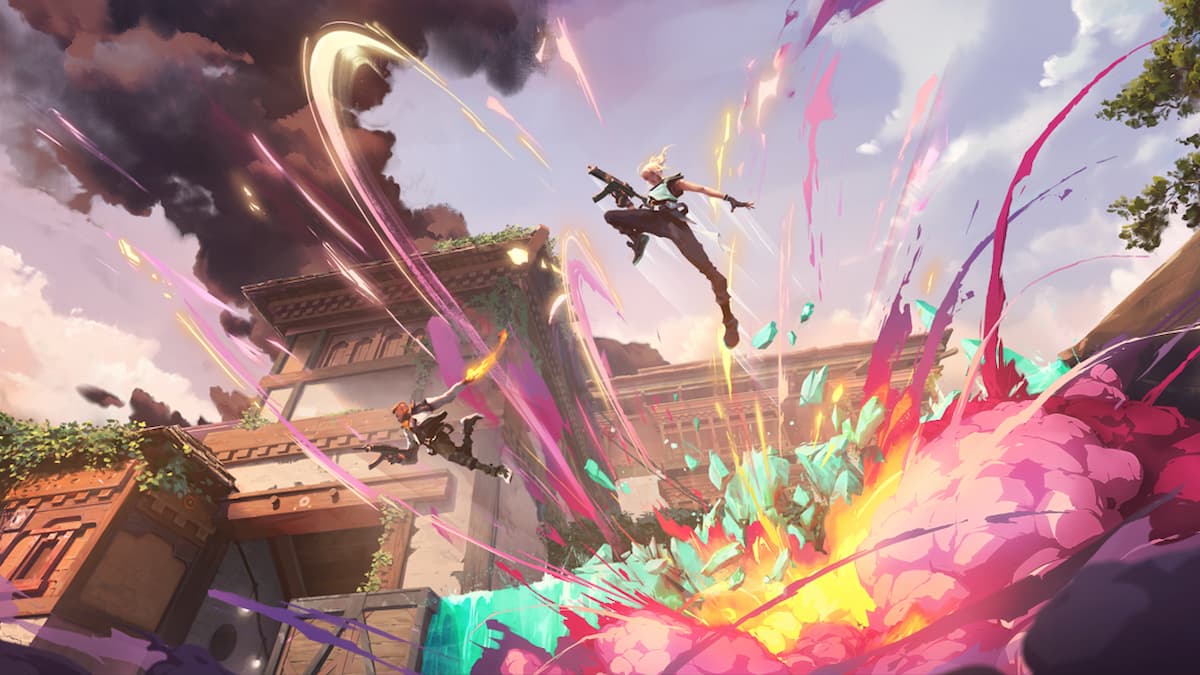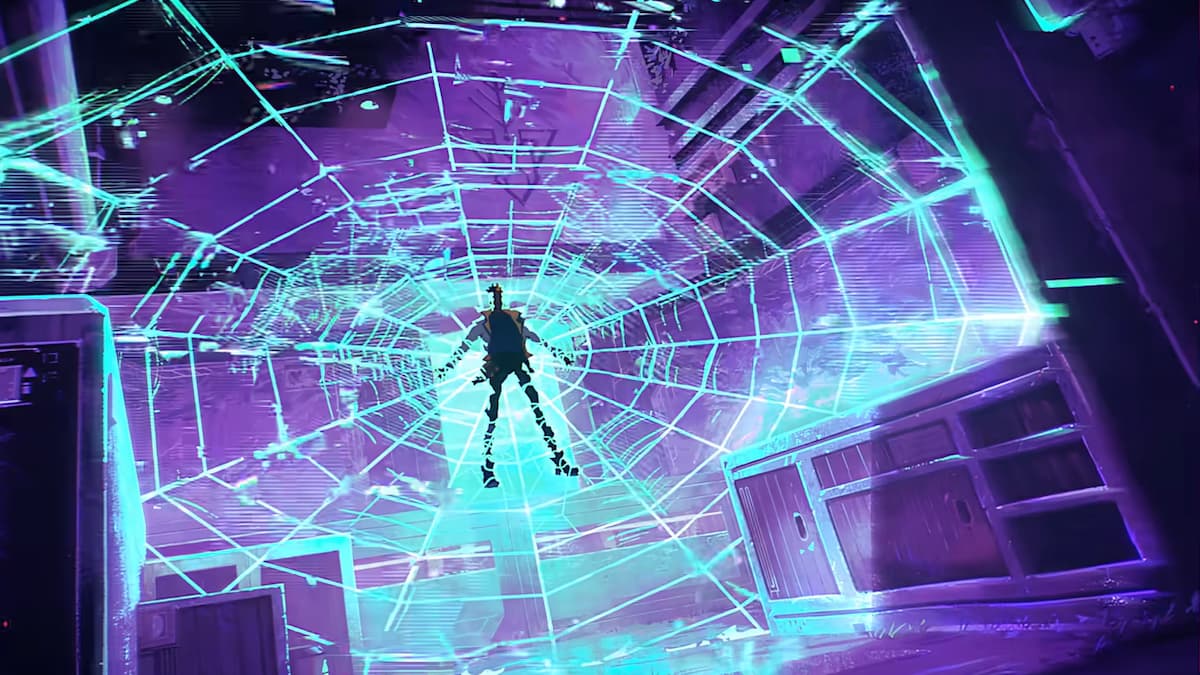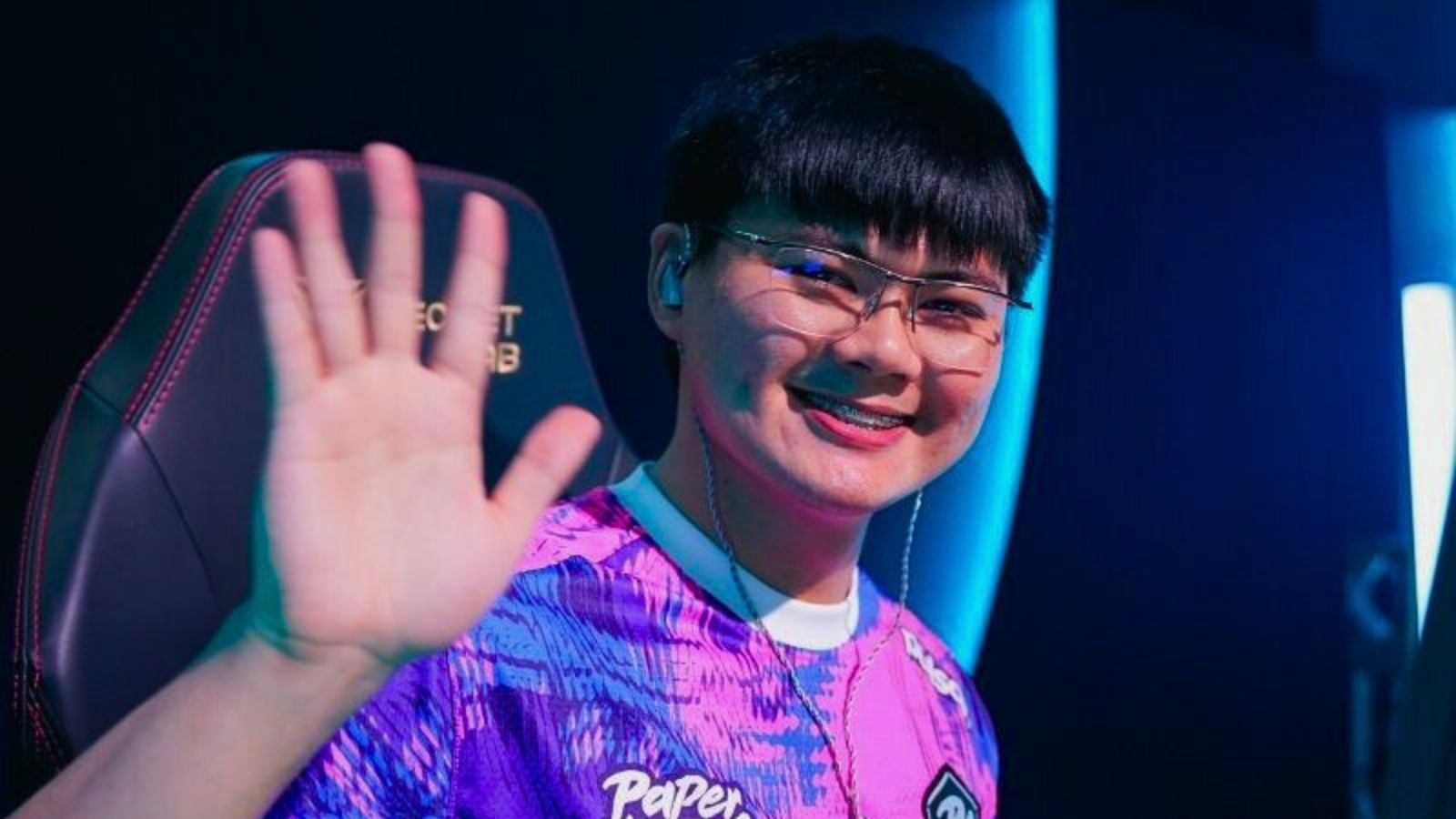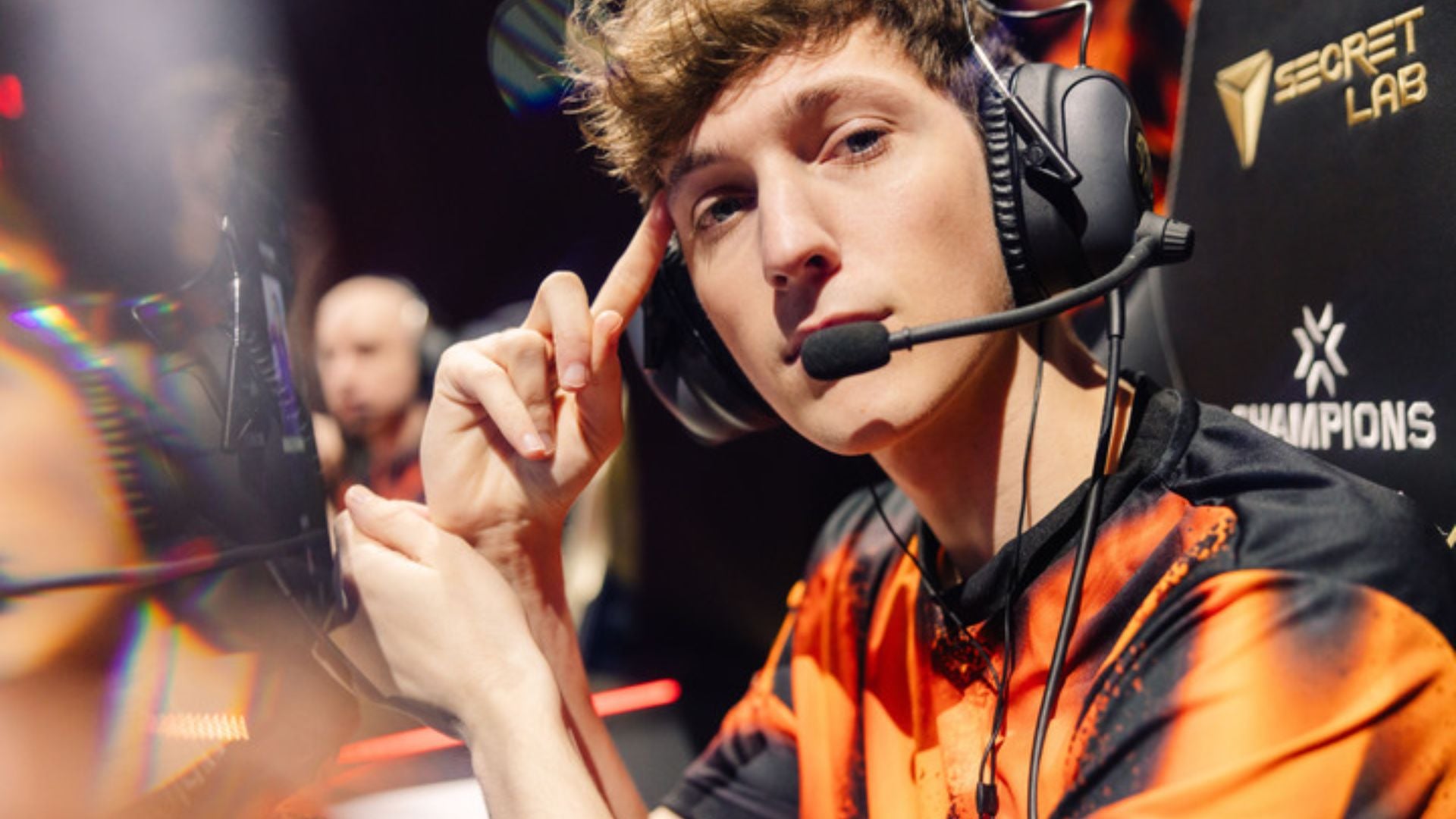Tickrate has long been a burning issue in first-person shooters.
The difference between 20, 64, and 128-tick servers have huge implications on games like Counter-Strike, Overwatch, and Rainbow Six. The higher the tickrate, the more consistent and competitive the gameplay. Peakers’ advantage is less of a factor and poor bullet registration becomes a thing of the past. Riot Games has tackled tickrate head-on in its upcoming tactical FPS, VALORANT.
VALORANT will include dedicated 128-tick servers for all global players on release, a feat unprecedented in FPS games. High tickrate is often a luxury saved for tournament servers, LANs, and subscription-based third-party sites, like FACEIT and ESEA.
“Throughout VALORANT’s development, we wanted to uphold the fundamental values of a competitive tactical shooter: precise shooting, lethal gunplay, and strategic execution,” said Anna Donlon, the game’s executive producer.
VALORANT, previously known by its codename Project A, is a free-to-play game of precise skill, high stakes, lethal gameplay, and clutch moments—a hybrid somewhere between Counter-Strike and Overwatch. It pits two teams of five players against each other to win a round-based, attack vs. defenders, best-of-24-rounds gunfight.
What is tickrate and how will it affect VALORANT?
Tickrate is the frequency servers use to update a game’s state. This is measured in Hertz, similar to monitors. When a server has a tickrate of 64, for example, it means that it’s capable of sending packets to players at a capacity of 64 times per second.
These packets contain updates to the game, impacting information, such as player location. The length of a tick is measured in milliseconds. Thus, 128 tick has 7.8ms, 64 tick has 15.6ms, 20 tick has 50ms, and 10 tick has 100ms. The higher the tick, the better—in most circumstances.
The downside of high tickrate servers is that it has the potential to do more harm than good for some players.
If players have a standard 64 Hz monitor and can’t maintain 128 frames per second at all times, they may be at a disadvantage and have a less accurate representation of the game. This means 128 Hz monitor users will have leverage in a one-vs-one situation since they’ll see all the available ticks, rather than the ticks closest to the refresh cycle.













Published: Mar 2, 2020 03:00 am